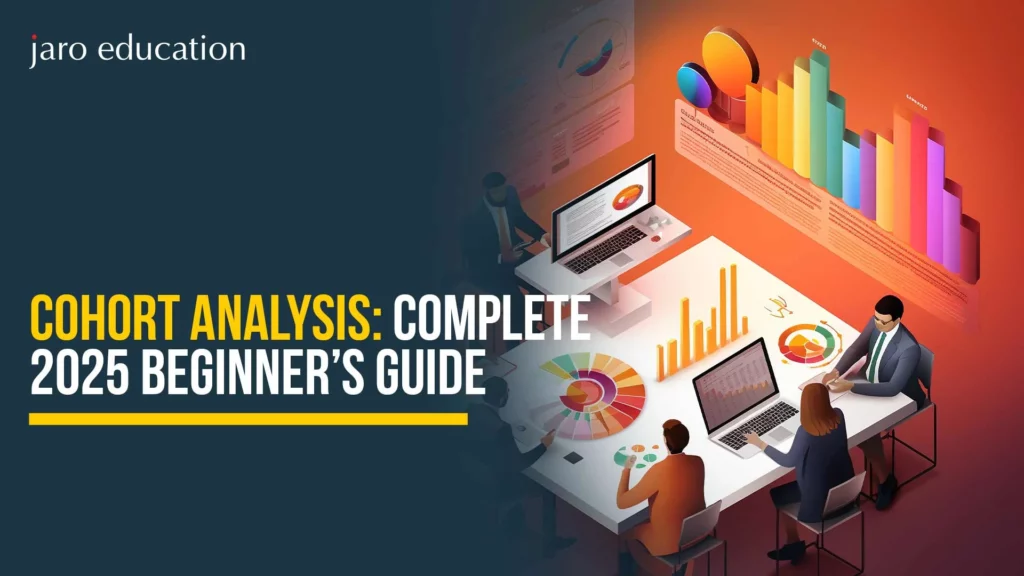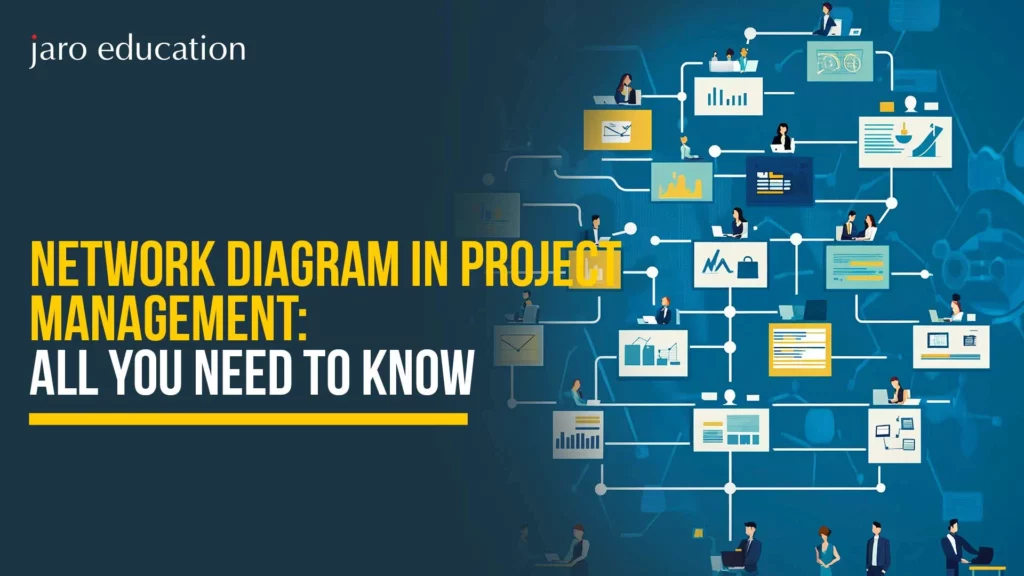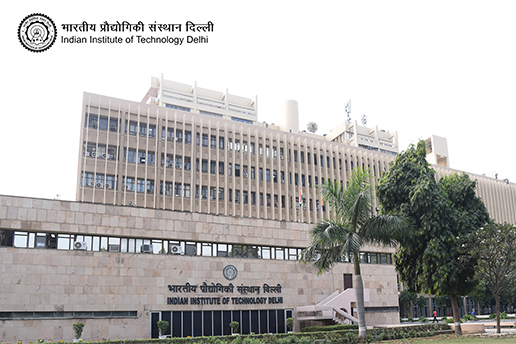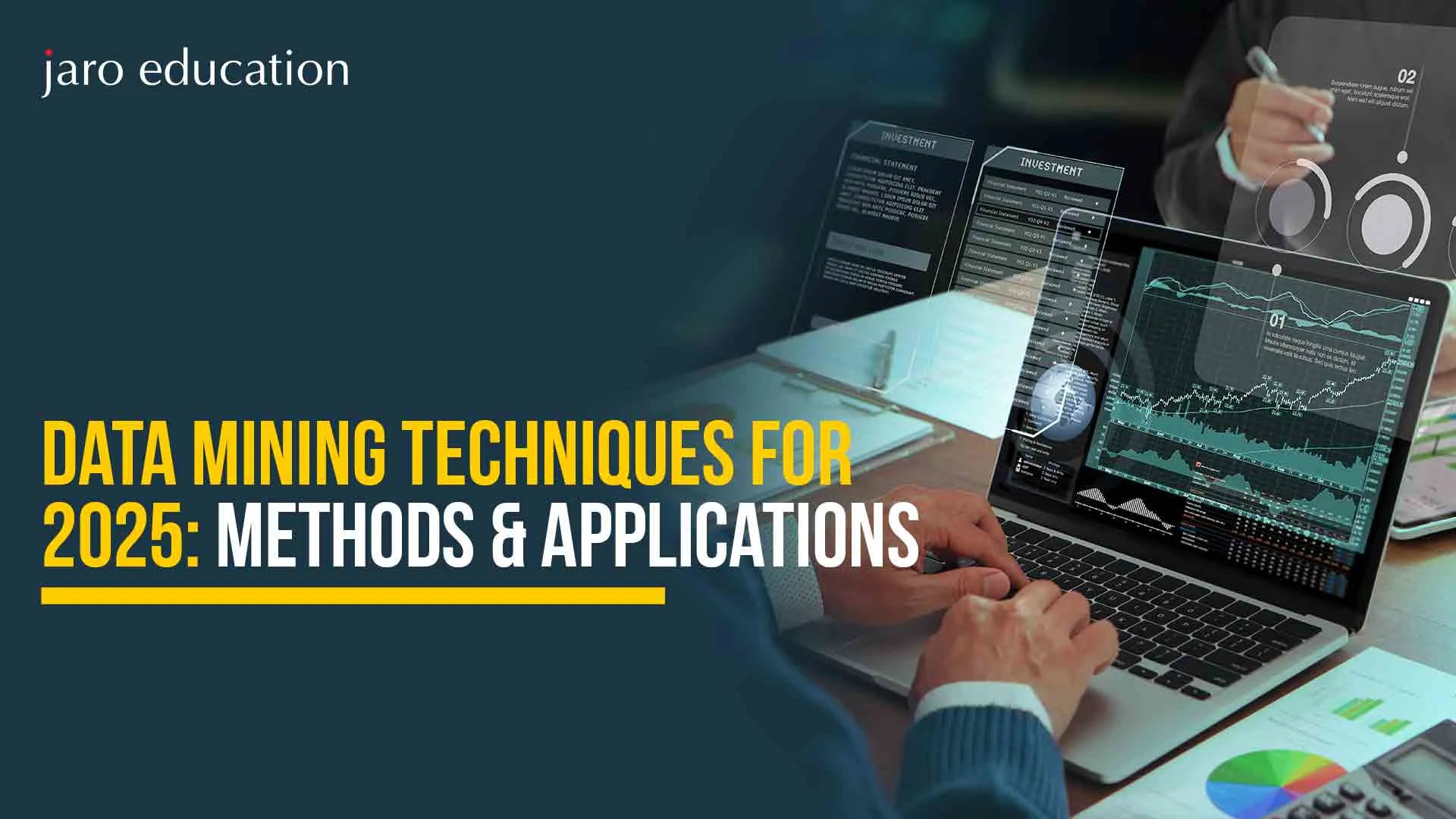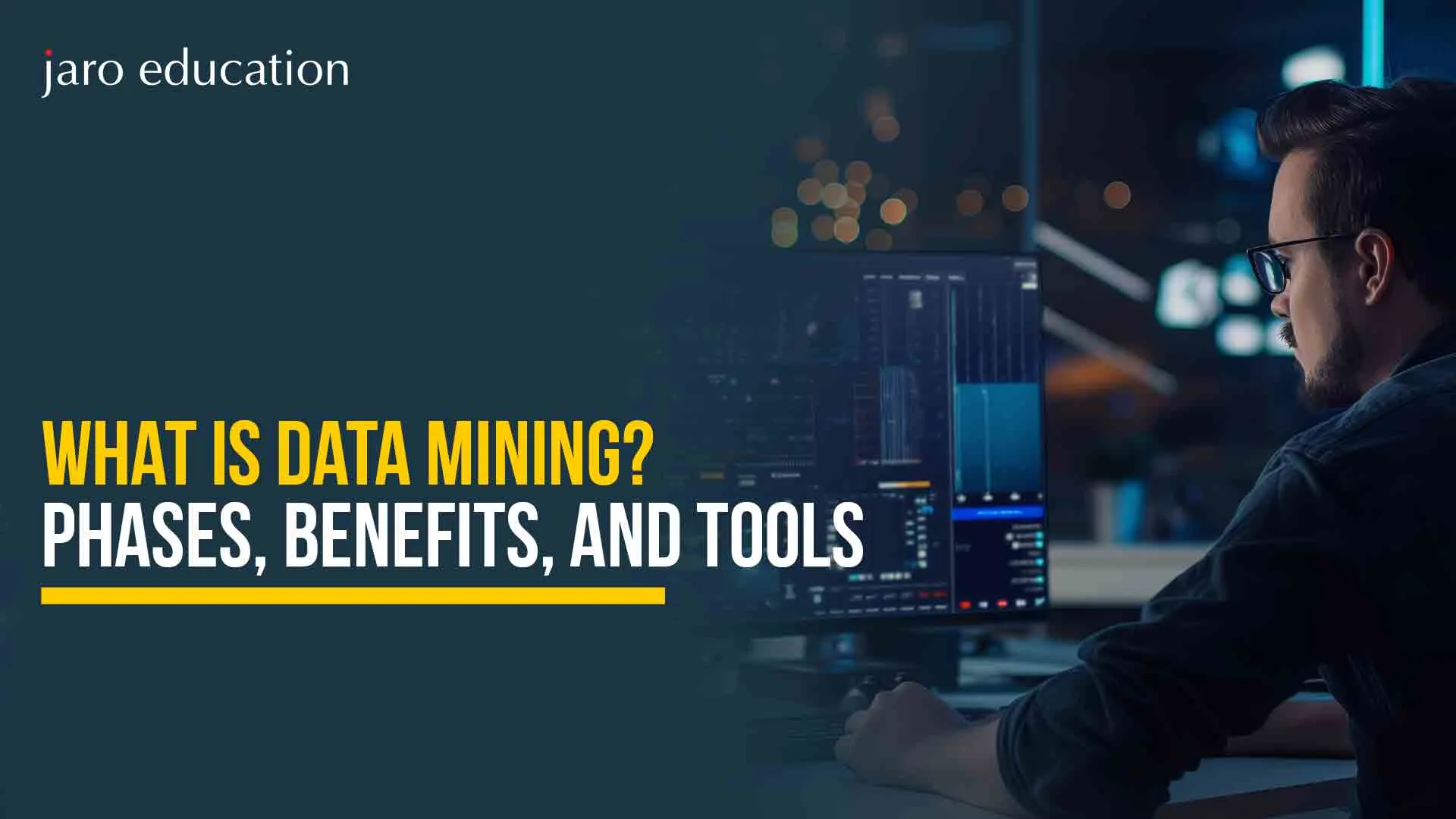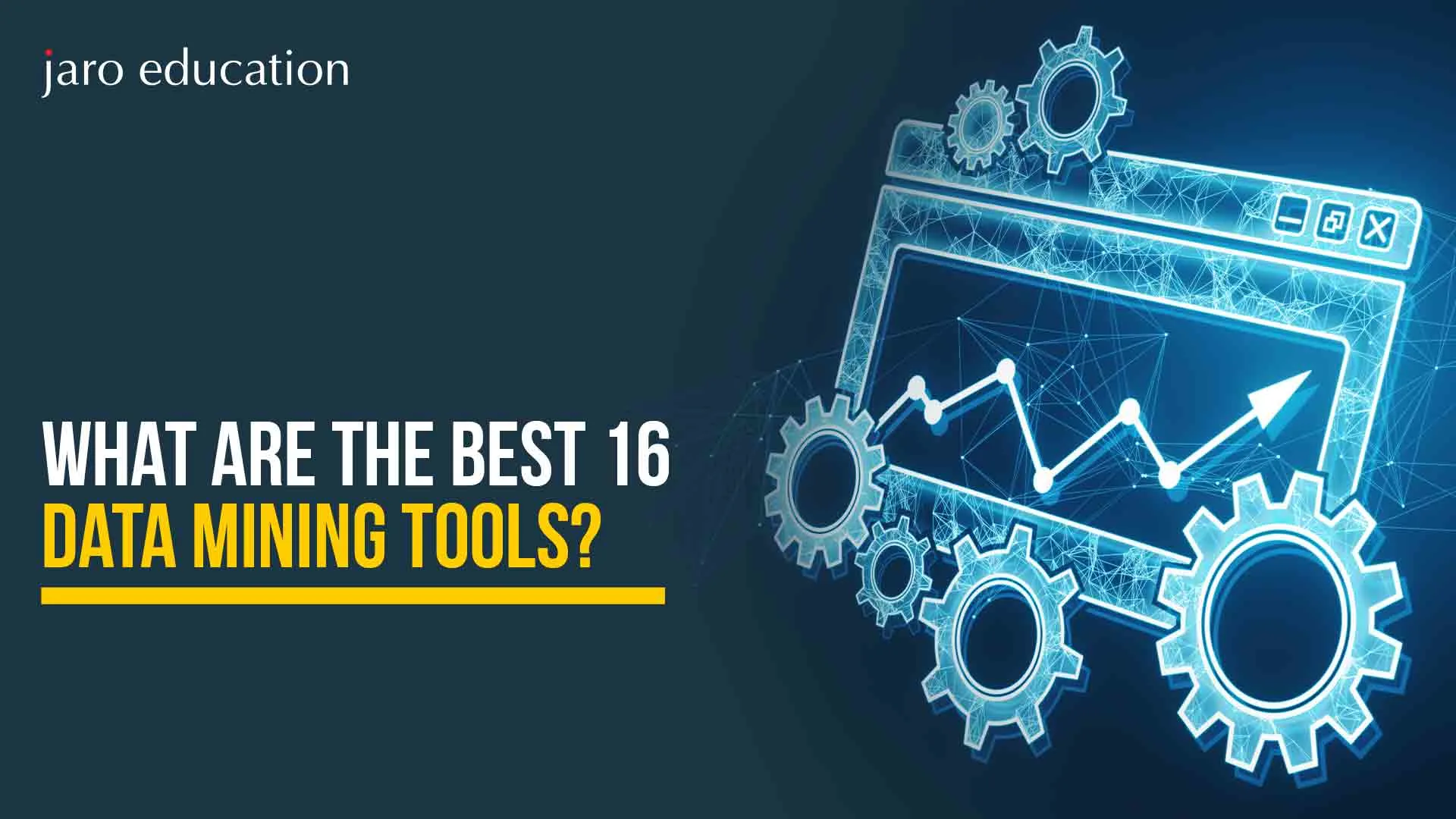What Is Data Mining? Definition, Techniques, and Tools
Table of Contents
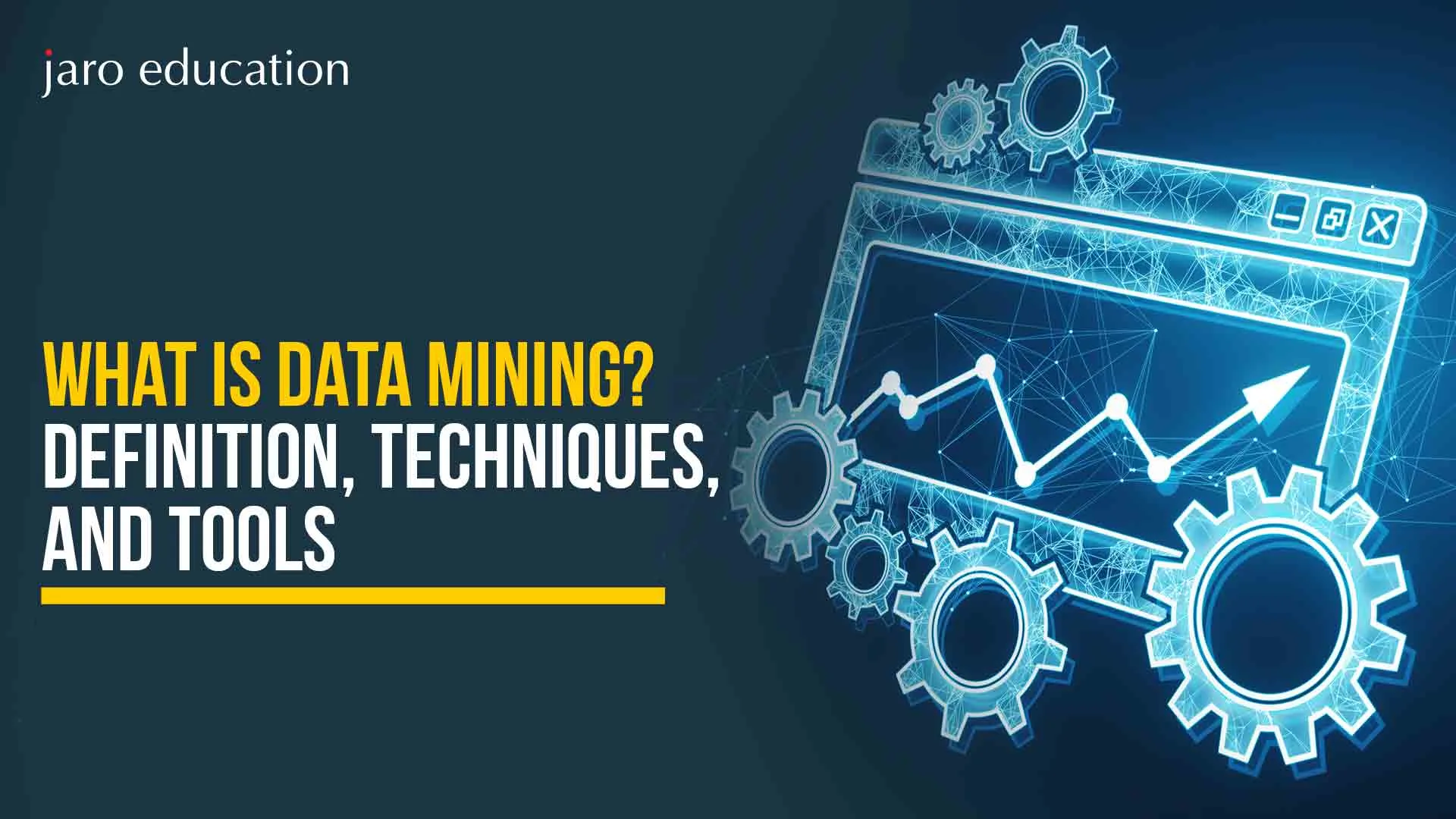
Have you ever wondered how Netflix seems to know exactly what show you’ll binge next or how banks can spot fraudulent transactions before they hit your account?
Feels like magic, right? But it’s not. It’s data. More specifically, data mining can be described as a superpower working behind the scenes. Data mining is now being widely used in most of the professions that involve the role of segmentation, analytics and so on. Yes, you got that right; it’s just not for techies or data scientists anymore. If you’re a professional trying to stay relevant in a world ruled by information, you need to understand what’s going on under the hood.
This blog provides you deep insight into what data mining really means, how it works, why it’s worth learning, and how you can start using it to level up your own work.
Let’s walk through it together, step by step.
What Is Data Mining? Breaking It Down
“Data are just summaries of thousands of stories—tell a few of those stories to help make the data meaningful.” ~ Dan Heath, bestselling author
In definition, you can say data mining is about uncovering meaningful patterns and insights from large piles of raw data. Think of it like digging for gold, except the “gold” here is valuable information that can drive smarter decisions.
The process includes scanning and utilising clever methods to shift through mountains of information, identify trends, detect anomalies, and make predictions.
We can understand; the term might sound technical, especially if you are from a non-tech background, but if you’ve ever searched online and noticed “recommended for you” suggestions, or if your company uses data to forecast sales, you’re already interacting with the results of data mining.
Types of Data Mining: Different Ways to Extract Value
Now that you have an idea about what data mining stands for, next comes understanding types of data mining. The diverse types target different kinds of insight, and knowing these can help you apply data mining more effectively.
- Classification: Think of classification as sorting. You group data points into categories based on shared characteristics. For example, an email filter classifies messages as “spam” or “not spam”.
- Clustering: Unlike classification, clustering finds groups in data without predefined labels. Imagine a retailer discovering customer segments they didn’t even know existed.
- Regression: Here, the goal is to predict continuous values, like forecasting next quarter’s sales based on past trends.
- Association Rule Learning: Ever heard of “market basket analysis”? It’s finding associations between items, like customers who buy bread often buy butter too.
- Anomaly Detection: This type spots outliers, unusual data points that could signal fraud, defects, or errors.
- Summarization: This provides a compact representation of the data, highlighting the main points or trends for easy understanding.
See how diverse data mining is? Different problems need different approaches, and knowing which type to apply can be a crunch point for data professionals.
Data Mining Techniques: How Does It Actually Work?
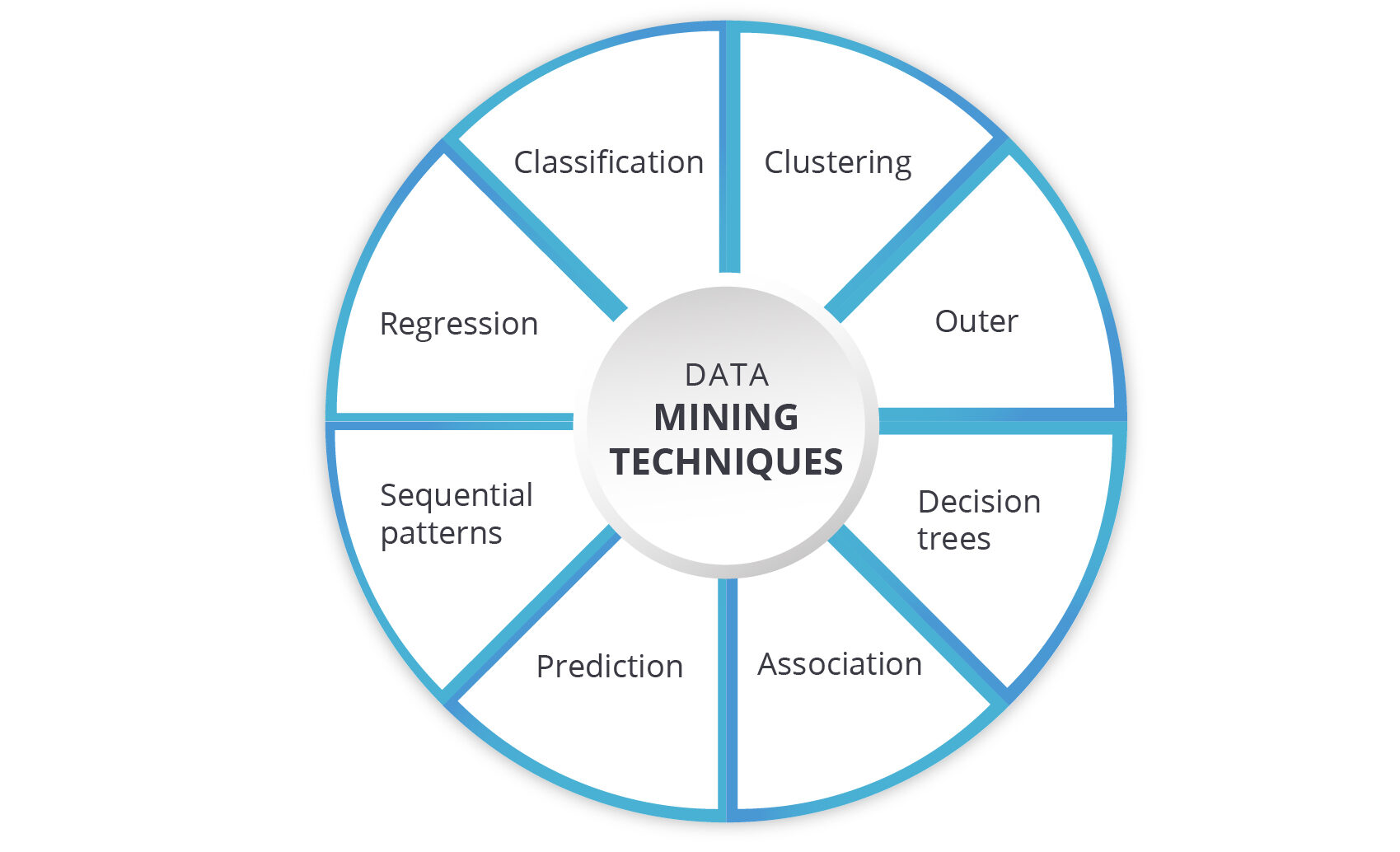
*alternative-spaces.com
Okay, so now you know the types, but how does data mining happen practically? Read on to unpack some popular data mining techniques that professionals rely on:
1. Decision Trees
Imagine making decisions by asking a series of yes/no questions. Decision trees split data step-by-step to classify or predict outcomes. They’re intuitive and easy to visualize.
2. Neural Networks
Inspired by how our brains work, neural networks are excellent at recognizing complex patterns like handwriting or voice recognition.
3. Clustering Algorithms
Techniques like K-Means or DBSCAN help group data points based on similarity, which is ideal for segmenting customers or detecting patterns in social media data.
4. Regression Analysis
Linear or logistic regression helps in making predictions, like estimating how advertising spend affects sales.
5. Association Rules
These look for “if-then” relationships, useful in retail or recommendation systems.
6. Text Mining
With tons of data being unstructured text (emails, reviews, tweets), text mining extracts useful information using natural language processing.
7. Ensemble Methods
These combine multiple models to improve accuracy, kind of like taking a group vote rather than relying on one expert.
How to Choose a Data Mining Technique:
Step 1: What’s your main goal?
– Predict a value? → Regression or Classification
– Group similar items? → Clustering
– Spot oddities? → Anomaly Detection
Step 2: Match to algorithm
– Regression → Linear/Logistic Regression
– Classification → Decision Trees, SVM
– Clustering → K-Means, DBSCAN
– Anomaly Detection → Isolation Forest
Tools for Data Mining: What Do You Need?
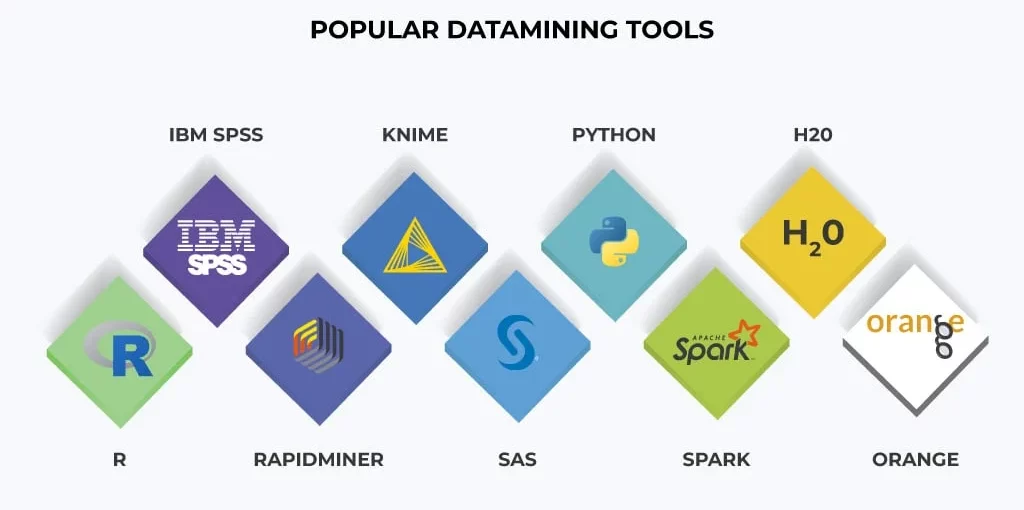
*analytixlabs.co.in
The good news? You don’t have to build everything from scratch. There’s a rich ecosystem of tools designed to help you mine data efficiently.
1. Open-Source Giants
- Python & R: Both offer powerful libraries like Scikit-learn, TensorFlow, and caret for everything from basic classification to deep learning.
- RapidMiner: A visual workflow tool that lets you build models without heavy coding.
- WEKA: Great for beginners, with tons of built-in algorithms.
2. Enterprise Solutions
- IBM SPSS Modeler and SAS Enterprise Miner: Favored in industries like finance and healthcare for their robust features and support.
- Microsoft Azure Machine Learning: Cloud-based with easy integration for enterprises.
3. Specialized Tools
- Tableau and Power BI: While primarily visualization tools, they integrate with data mining models to help interpret results clearly.
If you’re serious about learning data mining, familiarizing yourself with some of these tools is a smart move.
Real-World Application: The Significance of Data Mining
Now, let’s understand why data mining is now a necessity.
- Healthcare: By mining patient health data, we can learn about their patterns or predetermine doctor-treatment-compatible drugs.
- Retail: Personalized customer offers based on segmentation drive loyalty.
- Finance: Fraud prevention can save the finance industry billions of dollars annually.
- Manufacturing: Predictive maintenance reduces expensive downtime.
Data mining is everywhere which makes an impact on definitive careers and industry. Being said that, you will be introducing yourself at the forefront of this data-driven revolution by learning what data mining really is.
Test Your Data Mining IQ
1. Which CRISP-DM stage involves cleaning and transforming raw data?
- A) Business Understanding
- B) Data Preparation
- C) Modeling
- D) Deployment
Answer: B) Data Preparation
2. What data mining technique would you choose to group customers without pre-labeled segments?
- A) Classification
- B) Regression
- C) Clustering
- D) Association Rule Learning
Answer: C) Clustering
3. Which step evaluates model performance against business objectives before going live?
- A) Data Understanding
- B) Evaluation
- C) Deployment
- D) Modeling
Answer: B) Evaluation
4. An email spam filter is an example of which type of data mining?
- A) Summarization
- B) Anomaly Detection
- C) Classification
- D) Association Rule Learning
Answer: C) Classification
5. You want to find products that are often bought together. Which technique do you use?
- A) Regression
- B) Clustering
- C) Association Rule Learning
- D) Anomaly Detection
Answer: C) Association Rule Learning
Your Next Steps in the Data Mining Journey
If you’ve made it this far, chances are you’re seriously exploring a career in data mining, predictive analytics, or real-world data science. But here’s the thing: mastering tools alone isn’t enough. You need a solid academic foundation, practical exposure, and guidance that aligns with what the industry actually wants.
At Jaro Education, we connect ambitious professionals with the most respected universities, and one of our standout courses is the Online Master of Science (Data Science) by Symbiosis School for Online and Digital Learning (SSODL).
Here is what the course offers you:
- Data science lifecycle from mining and modeling to storytelling
- Top Symbiosis faculty with real academic and industry credentials
- 100% online format means no career breaks
- AICTE-approved and UGC-entitled for complete credibility
- Access to recorded lectures, live classes, and peer learning sessions
- Built-in flexibility to manage learning while you work
Ready to turn your curiosity into a career path? Enroll now!
Conclusion
“We are surrounded by data, but starved for insights.” ~ Jay Baer, marketing and customer experience expert
So, what’s the takeaway here? Data mining is a powerful approach to making sense of the information all around us. It’s a skill you can develop, a set of techniques you can master, and a toolset you can harness to add real value to your career.
Frequently Asked Questions
How do I decide which data mining techniques to use?
You should align your objective (that is, prediction, grouping, or anomaly detection) and the strengths of the data mining methods.
How are “data mining techniques” different from “data mining types”?
Techniques are algorithms (e.g. K-Means); types are purposes (e.g. clustering).
Is data mining a good career choice?
Yes, data mining roles are underrepresented and in high demand, with high salaries and an assortment of industries represented.
What jobs can you move to after learning data mining methods?
Data Analyst, Data Scientist, Business Intelligence Engineer, Machine Learning Engineer and Data Architect are some of the highly recognized career options.
Which industries pay the highest data mining salaries?
Finance, tech, healthcare, and e-commerce are generally top paid industries for data mining.






